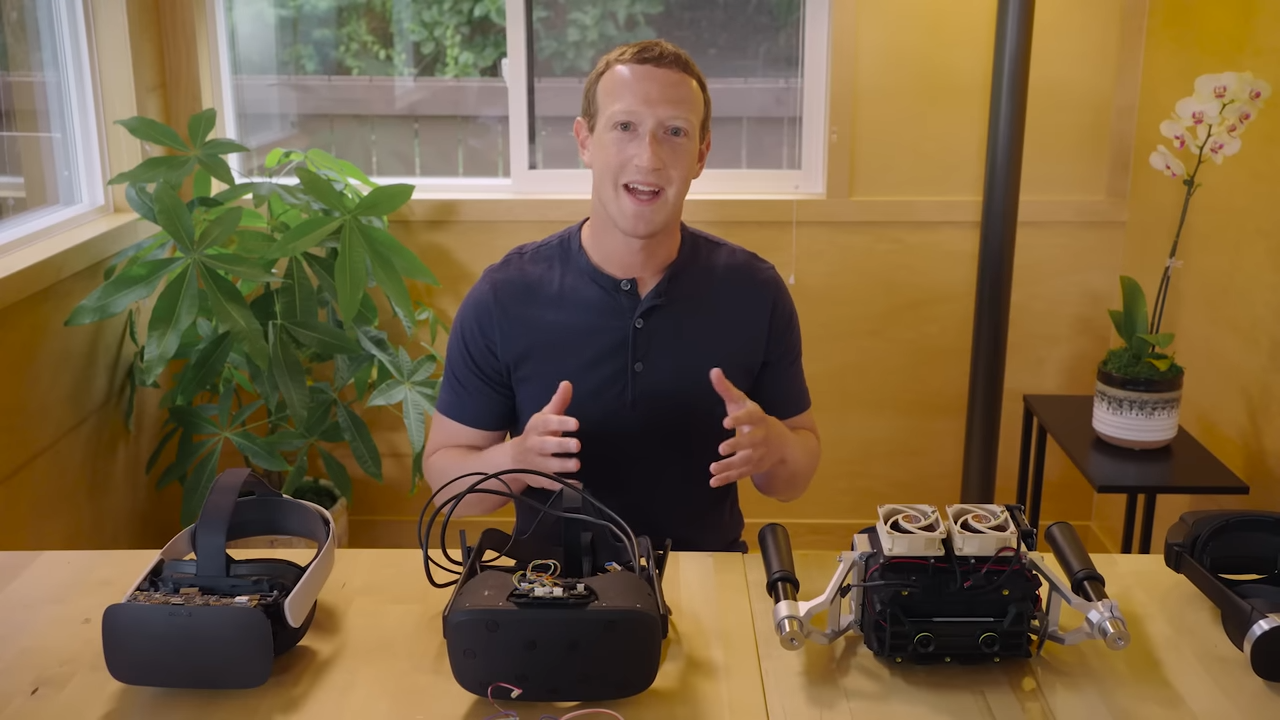In a recent interview on Adam Savage’s Tested YouTube channel, Mark Zuckerberg and his team introduced various prototypes of their VR devices. Seeing a company so large showcase 3D printed plastics-clad VR prototypes of highly experimental natures is definitely exciting, but it also gives us a glimpse into how innovation takes place at a well-funded innovation lab like Meta’s Reality Labs.
Many of you reading our blog are solo or small team entrepreneurs. So why is it important for you to understand the inner workings of the prototyping process of the world’s 11th largest company? As I mentioned earlier, Meta prototypes using off-the-shelf parts and 3D printing too. Their iterative process is no different compared to yours. They may have access to more talent and suppliers, but a manufacturing partner like NexPCB can help solve that problem for you. We will be discussing:
- “North Star” Prototypes
- Design for Constraints
- Looking outside your field to find a solution
- Off-the-shelf parts vs custom manufacturing
- Time-to-Prototype
If you watched the video already, you can skip here. Otherwise, start reading below, as the video is over 1 hour long and you are too busy for watching that as a hardware innovator:
Experimenting with Reality
Meta has been working on VR headsets since purchasing Oculus back in 2014. Since then, according to Mark Zuckerberg, their goal is to “pass the Visual Turing Test”. For an experience to be realistic, it would require the feeling of presence and photorealism. Photorealism? Sure, just play tethered blockbuster titles like Half Life Alyx. But presence is trickier. It requires hardware to mimic the inner workings of the human eye.
Ideally, a true virtual reality experience would require:
- Retina resolution at 60 PPD (Pixels per degree)
- Real focus range of the human eye
- HDR (realistic brightness and darkness)
- Be stereoscopic
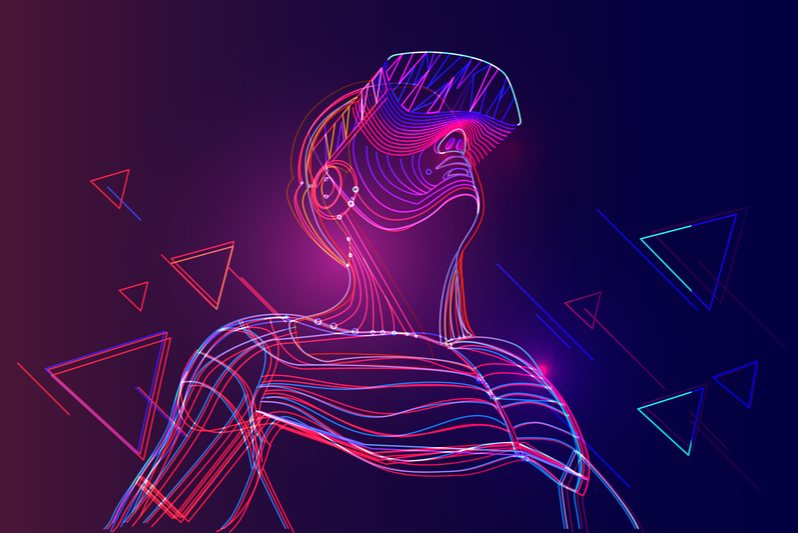
In order to achieve these, Meta would need to experiment with:
- The display (Achieve all the above requirements)
- The software (Smart enough to allocate more pixels according to the focus of your eyes)
- The silicon (snappy enough to render fast and high res)
- Sensors (e.g., eye tracking, passthrough cameras)
- The battery (A huge design constraint for portable VR experiences)
While some of these goals can be achieved with existing technology, some would require Meta engineers to invent them. For that, they structured their team into two parts: Product Teams and Research Teams. The former is responsible for working on future product generations for the next 5-10 years, while the latter is focused on solving technology problems beyond what’s currently possible.
Passing the Visual Turing Test is a highly audacious goal. So, in order to achieve that, Meta divided all their experiments to take place separately, and then combined them into a final, more advanced prototype:
| Retinal Resolution | Butterscotch |
| Focal Depth | Half Dome 1, 2 and 3 |
| Fixing Optical Distortions | Software-based |
| HDR(for brightness) | Starburst |
| All features combined: | Holocake 2 |
What can you learn from Meta’s prototyping process?
1. Have a North Star Prototype
When it comes to business, many of us have a clearly defined mission and vision. But how many of us can say that we have the same clarity about our product? How can you define your hardware vision before you, in Reality Labs’ words: “Engineer it to its limits”?
This is exactly what Meta did with their hardware prototypes. These are basically outlandish designs with little accommodation for design constraints. They are all testing features to reach maximum efficacy. Therefore, they are not affected by constraints like shape, weight, power consumption, or cost.
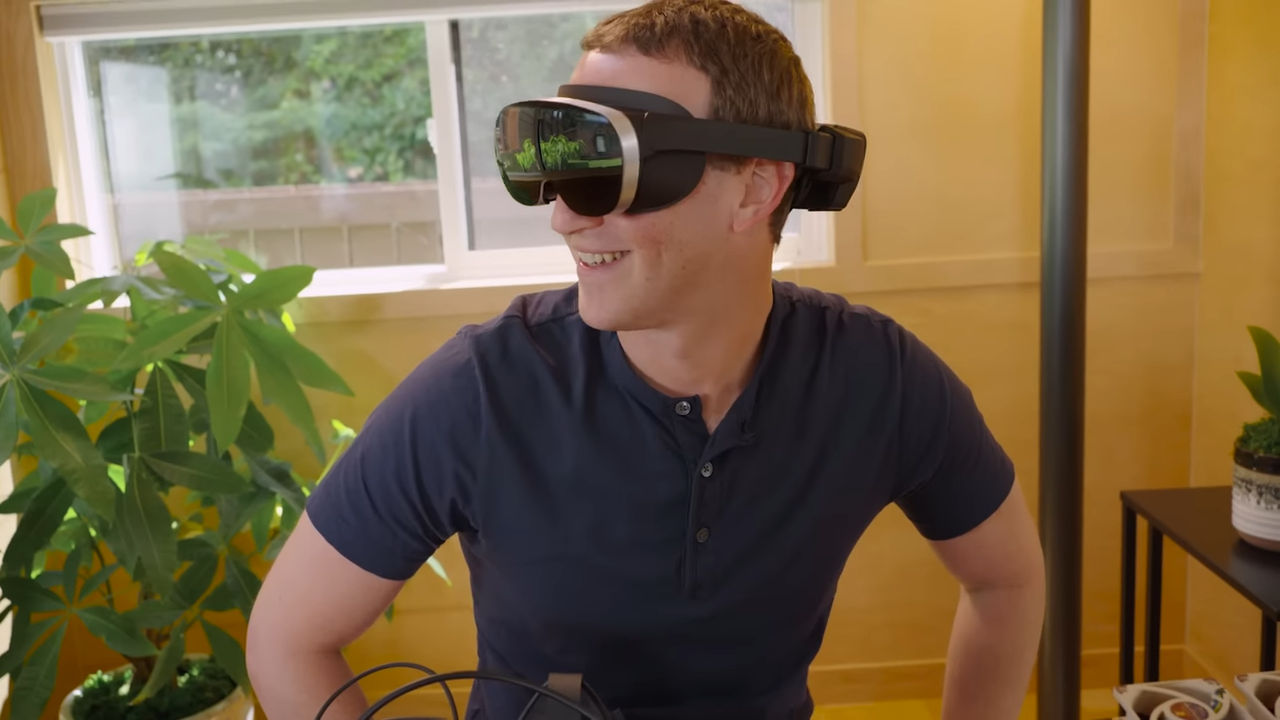
Eventually, each of these features was mature enough to be put into one single North Star prototype: The Holocake 2. Probably costing in the 10’s of thousands, this prototype isn’t supposed to be released but serves as a direction for all Reality Labs teams to move towards. If you can answer this question:
What would our product look like if we could pack all the features together without any tradeoffs?
You should be one step closer to having your North Star Prototype!
2. Design for Constraints
No matter the audacity of your product or idea, if it doesn’t fall within the design constraints, it won’t be scalable. So, what are the design constraints for a VR headset?
- Size
- Weight
- Power
- Cost
Any new feature will cause a tradeoff in one or many of these areas. Look at how bulky the first Half Dome headset was:
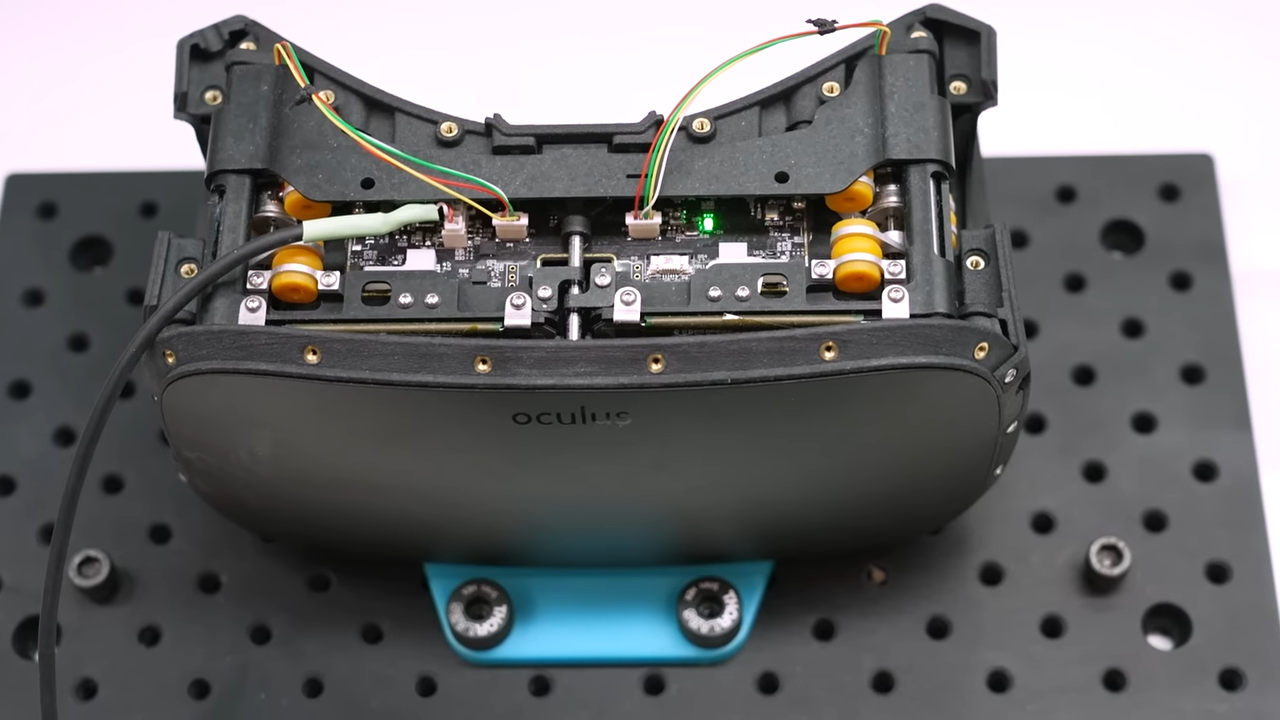
This prototype uses stepper motors and dampers from quadcopters so it was very cheap to manufacture, but any moving mechanical part on a wearable device is a recipe for disaster. The size, weight, and power all suffered in this iteration. But the feature worked! It achieved the focal depth effect. Sounds like we should move the lenses back and forth to achieve focal depth. How about we use something more silent, and less bulky than literal drone technology?
3. Look Outside Your Field
The next major version of Half Dome introduced, drum roll: voice coils! Voice coils are basically electromagnets that allow for your speakers to pop back and forth. They are also in your hard drive (if you still have the old kind).
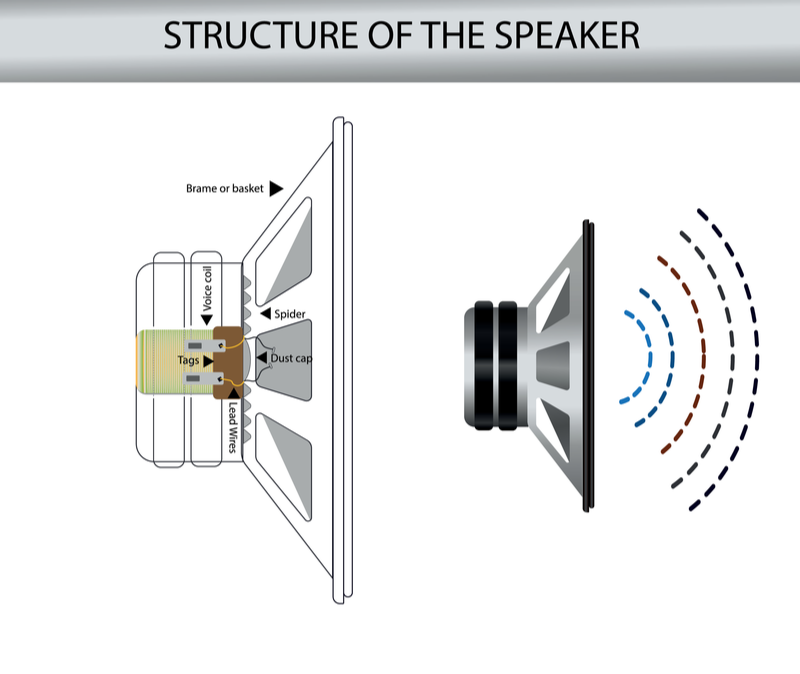
So, what does this mean for your products? If you are at the forefront of innovation, you probably won’t have much that you can copy from others. This means, in order not to reinvent the wheel, and to be able to afford what you are building, you should look at other industries where the desired effect was achieved for a different purpose. I think this requires a certain kind of intelligence that all great engineers have.
Works-like prototypes would help you test the working mechanisms of the voice coils, stepper motors, brushless DC motors, and different kinds of displays and lenses (pancake, Fresnel lenses). We talk about them more in this post: Prototyping Stages: Looks-like, Works-like Prototypes
4. Using Custom Parts vs Off-the-Shelf
An ideal product would be built completely off-the-shelf. You would simply go shopping for parts and put them together and call it a product. But in reality, you need custom parts to create product differentiation.
Meta decided to go with Half Dome v2’s voice coil focal movement mechanism, probably because the custom parts needed weren’t the costly electronic parts, but a simple metal flexure that can bend back and forth easily.
Prototyping with off-the-shelf and custom-built parts determines your future relationship with manufacturers. While most off-the-shelf purchases will depend on transactional relationships with component distributors, custom solutions require mutual understanding by both your team and your manufacturer. Prototyping early and often will give your business enough time to form these relationships early on.
If you want more information about what electronics, mechanical, and software tools are available off-the-shelf, you can check out these posts:
Software for Designing your IoT product
We also have another company that specializes in XR Displays among other displays. It's called DisplayModule.

5. Time-to-Prototype
Rapid prototyping leads to quicker time-to-market. Since Meta divided their prototyping efforts into different features, they probably had different teams simultaneously working on each one of them. Although this is a luxury for many small hardware startups, it is still achievable using outside services. A contract manufacturer like NexPCB can help you prototype fast and efficiently and with the same product learnings, you would achieve by getting it done in-house. Documenting learnings is crucial if you want the effects of prototyping different designs to compound together. Technical writing is an extremely important skill. Hence why even Google offers a course about it.
It also takes significantly shorter to work with partners. On average, we finish prototype runs in 3.5 weeks. If you have fabrication services nearby, you can cut that time even shorter.
I hope you enjoyed reading our review of the Meta VR headset prototypes. After seeing this, I actually don’t think that Meta bought and butchered Oculus anymore. There is significant innovation taking place in the Reality Labs and we will be seeing the results of that in the market in the coming years.
Be sure to follow our blog to read more about prototyping with or without a contract manufacturer. If you are currently working on a prototype and would like to get some feedback on your progress, you can book a meeting with us. I won't share a link for that here but you can get in touch with us on our website about it.
Posted by Orkun Z. Ozturk

Orkun is the Marketing Manager at NexPCB. He's been living in China for almost 10 years. His passion lies in new and emerging technologies. You can contact him over LinkedIn for blog collaborations.

